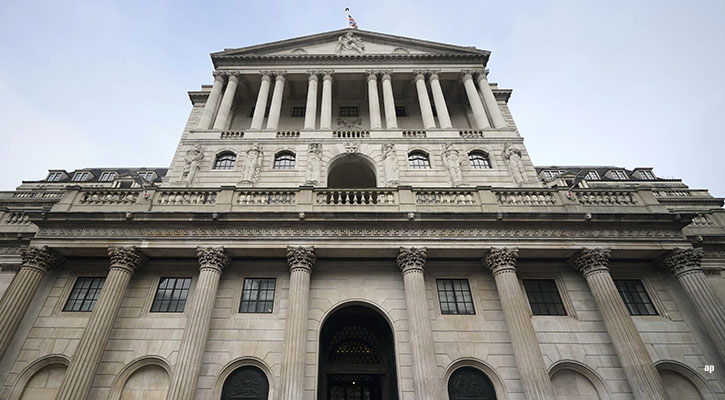You've no doubt heard about the new version of the Morningstar Rating for Closed-end Funds, but if you've still got questions then keep on reading.
What Is Changing?
The Morningstar Rating for closed-end funds aims to measure a manager’s or team’s skill based on their performance. It is a backward-looking measure, calculated using the last 3-, 5-, and 10-years of performance. Until now, the rating calculation has used the fund’s closing market price, but starting in November 2011 the calculation will use the fund's Net Asset Value (NAV) instead.
In addition, Morningstar will no longer calculate the Morningstar Rating for closed-end funds according to their Association of Investment Company (AIC) sectors. Instead, we will compare London-listed investment companies against their peers in the Morningstar Category system.
Why is Morningstar Making These Changes?
We believe that using a fund’s NAV in its Morningstar Rating calculation is superior to closing market price as a measure of risk-adjusted performance given that listed funds are subject to influences outside the manager’s control, such as market sentiment. Moving to a NAV calculation therefore brings the closed-end fund rating methodology closer in line with the open-end fund rating methodology—which also uses NAV in its Rating calculation—allowing investors to more readily compare the performance of a selection of funds, irrespective of the funds’ legal structures.
Why Are Morningstar’s Category Definitions a More Useful Way to Categorise Funds?
For the purposes of calculating a Morningstar Rating, we believe Morningstar categories offer investors better granularity and peer group analysis because they are based on a fund’s holdings. Further, because they incorporate all mutual funds available for sale in the U.K.—both closed- and open-end funds— they result in a larger and more representative peer group for comparison. This is important in the calculation of the Morningstar Rating, which requires a peer group of a certain size for a Morningstar Rating to be viable. As a result of categorising closed-end funds in the Morningstar Category, we can now calculate ratings for more funds than before.
For example, JPMorgan Chinese Investment Trust (JMC) sits in the Country Specialist Asia Pacific AIC sector. This sector comprises 14 listed funds investing in quite different areas geographically—for example, Vietnam, India, and Thailand—so a rating against this peer group is of limited value. When we compare this fund against its peers in the Morningstar Chinese Equity Category, which includes not just investment trusts, but open-end and exchange-traded funds too, that comparison spans 227 fund share classes, all of which invest in Chinese equities. This makes it a far more meaningful comparison as a true like-for-like basis.
Which Funds Are Affected by this Change?
The Morningstar Ratings for all investment companies listed on the London Stock Exchange are affected by this methodology change.
How Is Gearing Incorporated Into the Calculation?
The Morningstar Rating for closed-end funds is calculated with risk-adjusted performance, and as gearing tends to increase the volatility of a fund’s returns, it also increases risk. In our methodology, we penalise funds for taking risk, but reward them if they do it well and add value for investors. So if a manager uses gearing well, then although there will be a penalty for taking extra risk, there is also a reward for making it work. This means investors can still compare closed- and open-end funds on a like-for-like basis.
Are There Any Closed-end Funds that Are Not Eligible for a Morningstar Rating?
Yes. There are some Morningstar categories for which we don’t rate closed-end funds—for example, Property - Direct Europe, as these funds are investing in bricks and mortar and not equities. The Morningstar Category system--available here--details which fund categories are not eligible for a Morningstar Rating.
How Many Closed-end Funds Now Receive a Morningstar Rating?
254 (as at October 31, 2011)
Does the Morningstar Rating for Closed-end Funds Take Transaction Costs Into Account?
No. Closed-end funds are shares listed on a stock exchange, so they are subject to brokerage fees. The amount of this fee varies by broker and by size of the trade. As a result, any such fee we might factor in would be arbitrary. Transaction fees are not therefore incorporated in the calculation of the Morningstar Rating for closed-end funds.
Does the Revised Morningstar Rating Methodology for Closed-end Funds Also Apply to ETFs?
No. As open-end funds, exchange-traded funds already receive a Morningstar Rating according to their Morningstar Category. Read more on the Morningstar Rating for ETFs here.






















